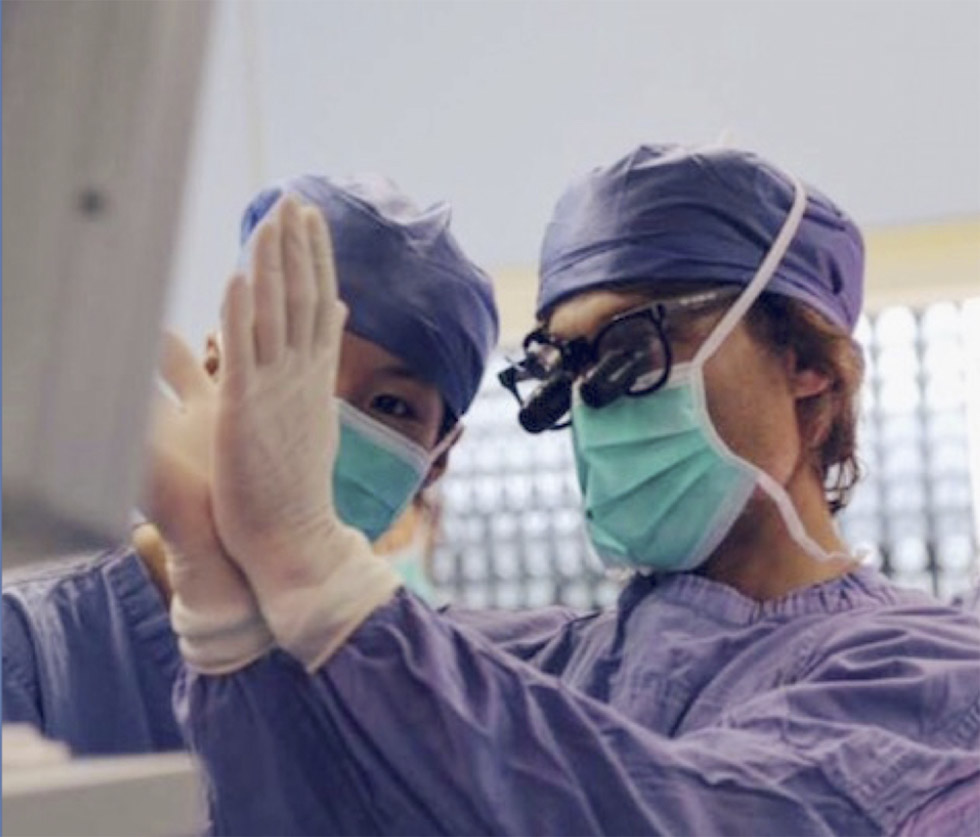Sutures are a critical part of all surgical procedures and it is important for the surgeon to be familiar with suture makeup and options.
Suture thread is made from a variety of materials. Early on sutures were made from biological materials, such as catgut and silk. Most modern sutures are synthetic, including the absorbable (naturally biodegradable in the body) materials such as polyglycolic acid, polylactic acid, and polydioxanone as well as the non-absorbable material such as nylon and polypropylene. Newer still is the idea of coating sutures with antimicrobial substances to reduce the chances of wound infection. Sutures come in very specific sizes. They are numbered sequentially with the higher number being the thinner suture (ex. 4-0 Nylon is thicker than 7-0 Nylon), Sutures must be strong enough to hold tissue securely but flexible enough to be knotted. They must be hypoallergenic and avoid the “wick effect” that would allow fluids and thus infection to penetrate the body along the suture tract.
In surgery attention must be given to every detail of the procedure. In plastic surgery the wound closure is very important to final appearance. The take home message – “Know your sutures well.”


